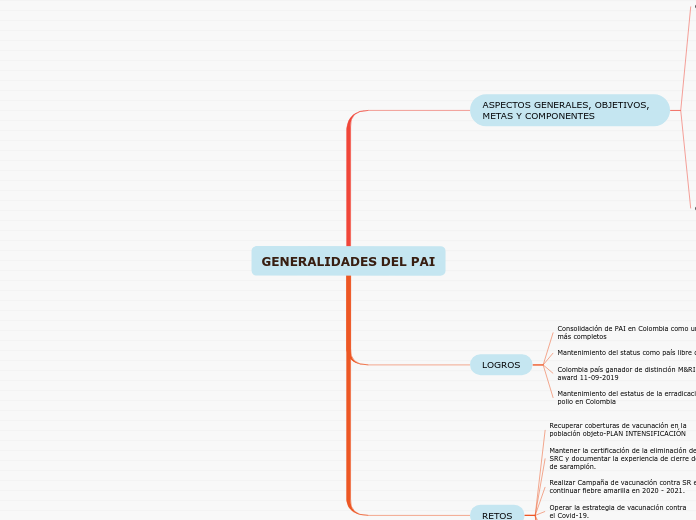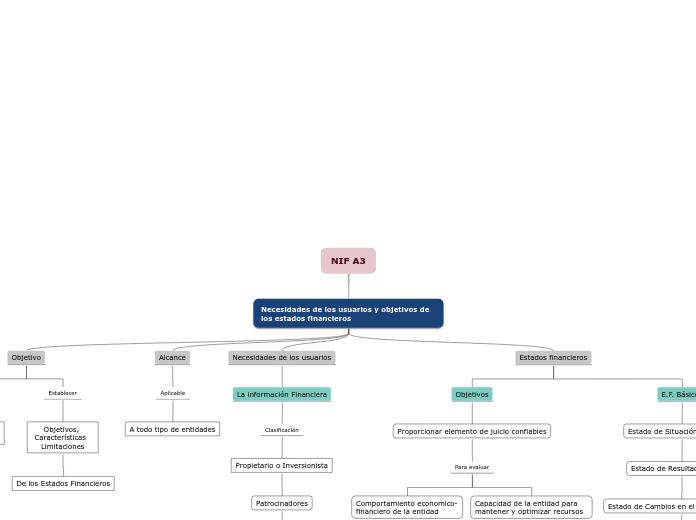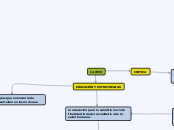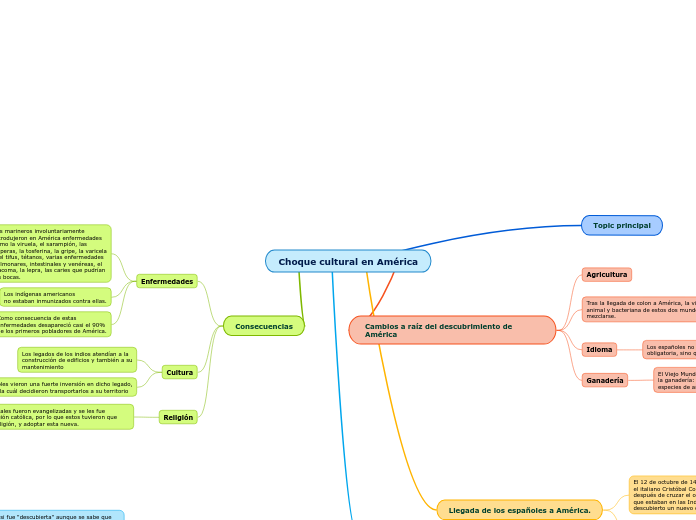GENERALIDADES DEL PAI
To name your story, you have to think about the overall message and what you want your audience to understand from the story. Also, make it relevant and easy to remember.
RETOS
The ending of a story is essential. We all know that if the ending is weak, what happened before loses its importance. So make it unpredictable, but fair. A resolved ending answers all the questions and ties up any loose threads from the plot.
Fortalecer la comunicación frente al acceso de los servicios de vacunación
respuesta frente al fenómeno migratorio.
Consolidar la estructura del PAI y mantener la
disponibilidad presupuestal.
Fortalecer el sistema de información nominal –
PAIWEB
Operar la estrategia de vacunación contra
el Covid-19.
Realizar Campaña de vacunación contra SR en 2021 continuar fiebre amarilla en 2020 - 2021.
Mantener la certificación de la eliminación del SR-SRC y documentar la experiencia de cierre de brotes de sarampión.
This is the closure section of the story.
See examples of possible outcomes below:
- all problems have been solved
- it's clear how each one of your characters ends up
- your main character is transformed by the challenge
Recuperar coberturas de vacunación en la
población objeto-PLAN INTENSIFICACIÓN
This is the moment when the main character surpasses the last obstacle and finally faces their greatest challenge.
The climax usually follows one of these patterns:
- realization
- resolution
- choice
Type in your answer.
LOGROS
The middle of the story is where you add layers of complications that will lead to the end. Reveal more about the character's journey. Did their personality go through changes? How did they overcome the challenges? And as you build up the story’s central conflict, make it more personal to that character. Also, from the middle act, you have to lead into the final act.
Mantenimiento del estatus de la erradicación de la polio en Colombia
Colombia país ganador de distinción M&RI Champion award 11-09-2019
Mantenimiento del status como país libre de SR- SRC
There wouldn't be any tension and excitement in your story if there weren't any obstacles in your character's way.
Consolidación de PAI en Colombia como uno de los más completos
Your character(s) need(s) motivation in order to solve the challenge(s).
ASPECTOS GENERALES, OBJETIVOS, METAS Y COMPONENTES
In the beginning of the story (or the exposition), you will need to introduce the setting and characters. You might also want to introduce the main conflict. This part of the story is important because it gives the reader necessary background information and maybe even a first insight into a character’s personality.
COMPONENTES PAI
The setting (time & place) of a story can change throughout the plot.
EVALUACIÓN
COMUNICACIÓN-MOVILIZACIÓN SOCIAL
VIGILANCIA EN SALUD PÚBLICA (SIVIGILA)- ENENTOS INMUNOPREVENIBLES-ESAVI
SISTEMAS DE INFORMACIÓN (PAIWEB)
COOPERACIÓN TÉNICA- SUPERVISIÓN
INSUMOS
CADENA DE FRIO
CAPACITACIÓN Y TALENTO HUMANO
ESTRATEGIAS Y TÁCTICAS
Sensory details include sight, sound, touch, smell, and taste. These details are important because they create depth in your setting.
See a few examples below:
- the smell of fresh bread
- the scent of freshly cut grass
- rain falling onto the windshield etc.
PLANIFICACIÓN Y PROGRAMACIÓN
The weather is an important element in your story because it can highly influence the ambiance and the mood of the characters.
COORDINACIÓN
The time of the story can also change. It can describe the event of a single day or can include an entire year's plot. Anyway, don't forget to mention it.
MARCO NORMATIVO
Your story can take place wherever your imagination will take you to.
For example: in an elevator, in an enchanted forest, etc. Don't forget to give details of the environment each time the setting changes, otherwise, the story can be confusing. Also, mention the seasons as each of them has unique weather and events.
GENERALIDADES PDSP (2012-2021)
Characters are essential to a good story. Usually, the protagonist(s) is/are the most affected by the plot. Introduce a character by focusing on their actions, interests, and occupation, as the physical appearance doesn't make a difference in most cases.
ESTRATEGIAS
Garantía de la suficiencia y disponibilidad (insumos, bilógicos y red de frio)
Implementación del sistema de información nominal
Vacunación SIN BARRERAS
Generación de conocimientos
METAS
Mejorar la sistematización y automatización de los procesos
Eliminación total de SR-SRC
What is your character's main goal?
fight Evilfind lovedefeat his/her enemyrule the worldmake friendstime travelmake an awesome discoveryOther
Consolidar la erradicación de poliomielitis
Which traits best describe the character's personality? Choose more if necessary:
introvertedloyalkindindependentquick-thinkingadventuresomeidealisticsweet-naturedcalmrisk-takercreativewittystrictfussyweirdclumsyharshaggressivecarelessclingingcowardlycrueldeceitfulimpulsiveOther
Alcanzar el 95% o mas de coberturas de los biológicos
Choose the type of your chacter:
Protagonist (main character)Antagonist (main character's opponent)Flat (stereotypical character)Round (his/ her personality develops throughout the story)Static (doesn't evolve as a person throughout the story)Dynamic (dramatical change in personality)Confidant (the main character trusts him/ her)Foil (contrasting character who enhances the personality of another character)Other
OBJETIVO
Type in the name of your character.
Disminuir el riesgo de enfermedades y morir por enfermedades prevenibles por vacunas
Add other qualities/attributes of the character.










